In recent years, scientists and engineers have, in a very real sense, allowed plants and animals to instruct them. (Job 12:7, 8) They are studying and mimicking the design features of various creatures—a field known as biomimetics—in an effort to create new products and improve the performance of existing ones. As you consider the following examples, ask yourself, ‘Who really deserves the credit for these designs?’
Learning From the Whale’s Flippers
What can aircraft designers learn from the humpback whale? A great deal, it seems. An adult humpback weighs about 30 tons—as much as a loaded truck—and has a relatively stiff body with large winglike flippers. This 40-foot-long (12 m) animal is remarkably agile under water.
What particularly intrigued researchers was how this stiff-bodied creature could turn in what seem to be impossibly tight circles. They discovered that the secret is in the shape of the whale’s flippers. The leading edge of its flippers is not smooth, like an aircraft wing, but serrated, with a row of protruding bumps called tubercles.
As the whale slices through the water, these tubercles increase lift and reduce drag. How? The journal Natural History explains that the tubercles make the water accelerate over the flipper in an organized, rotating flow, even when the whale is rising at very steep angles.10
Who is nature’s patent holder?
What practical applications does this discovery promise? Aircraft wings based on the design would evidently need fewer wing flaps or other mechanical devices to alter airflow. Such wings would be safer and easier to maintain. Biomechanics expert John Long believes that someday soon “we may well see every single jetliner with the bumps of humpback whale flippers.”11
Mimicking the Seagull’s Wings
Of course, aircraft wings already mimic the shape of birds’ wings. However, engineers have recently taken this mimicry to new heights. “Researchers at the University of Florida,” reports New Scientist, “have built a prototype remote-controlled drone with a seagull’s ability to hover, dive and climb rapidly.”12
Seagulls perform their remarkable aerobatic maneuvers by flexing their wings at the elbow and shoulder joints. Copying this flexible wing design, “the 24-inch prototype drone uses a small motor to control a series of metal rods that move the wings,” says the magazine. These cleverly engineered wings enable the small aircraft to hover and dive between tall buildings. Some military personnel are keen to develop such a highly maneuverable craft for use in searching for chemical or biological weapons in big cities.
Copying the Seagull’s Leg
A seagull does not freeze, even while standing on ice. How does this creature conserve its body heat? Part of the secret is in a fascinating design feature found in a number of animals that dwell in cold regions. It is called the countercurrent heat exchanger.
What is a countercurrent heat exchanger? To understand it, picture two water pipes strapped closely together. Hot water flows in one pipe, and cold, in the other. If both the hot water and the cold water flow down the pipes in the same direction, about half of the heat from the hot water will transfer to the cold. However, if the hot water and the cold water flow in opposite directions, nearly all the heat will transfer from the hot water to the cold.
When a seagull stands on ice, the heat exchangers in its legs warm the blood as it returns from the bird’s cold feet. The heat exchangers conserve heat in the bird’s body and prevent heat loss from its feet. Arthur P. Fraas, a mechanical and aeronautical engineer, described this design as “one of the world’s most effective regenerative heat exchangers.”13 This design is so ingenious that human engineers have copied it.
Who Deserves the Credit?
Meanwhile, the National Aeronautics and Space Administration is developing a multilegged robot that walks like a scorpion, and engineers in Finland have already developed a six-legged tractor that can climb over obstacles the way a giant insect would. Other researchers have designed fabric with small flaps that imitate the way pinecones open and close. Such fabric adjusts to the body temperature of the wearer. A car manufacturer is developing a vehicle that imitates the surprisingly low-drag design of the boxfish. And other researchers are probing the shock-absorbing properties of abalone shells, with the intention of making lighter, stronger body armor.
So many good ideas have come from nature that researchers have established a database that already catalogs thousands of different biological systems. Scientists can search this database to find “natural solutions to their design problems,” says The Economist. The natural systems held in this database are known as biological patents. Normally, a patent holder is a person or a company that legally registers a new idea or machine. Discussing this biological patent database, The Economist says: “By calling biomimetic tricks ‘biological patents’, the researchers are just emphasising that nature is, in effect, the patent holder.”14
How did nature come up with all these brilliant ideas? Many researchers would attribute the seemingly ingenious designs evident in nature to millions of years of evolutionary trial and error. Other researchers, though, arrive at a different conclusion. Microbiologist Michael J. Behe wrote in The New York Times of February 7, 2005: “The strong appearance of design [in nature] allows a disarmingly simple argument: if it looks, walks and quacks like a duck, then, absent compelling evidence to the contrary, we have warrant to conclude it’s a duck.” His opinion? “Design should not be overlooked simply because it’s so obvious.”15
Surely, the engineer who designs a safer, more efficient aircraft wing would deserve to receive credit for his or her design. Likewise, the inventor who devises a more comfortable clothing material or a more efficient motor vehicle deserves credit for his or her design. In fact, a manufacturer who copies someone else’s design but fails to acknowledge or credit the designer may be viewed as a criminal.
Now consider these facts: Highly trained researchers crudely mimic systems in nature to solve difficult engineering problems. Yet, some would attribute the genius of devising the original idea to unintelligent evolution. Does that sound reasonable to you? If the copy requires an intelligent designer, what about the original? Really, who deserves more credit, the master engineer or the apprentice who imitates his designs?
A Logical Conclusion
After reviewing evidence of design in nature, many people echo the sentiments of the Bible writer Paul, who said: “[God’s] invisible qualities are clearly seen from the world’s creation onward, because they are perceived by the things made, even his eternal power and Godship.”—Romans 1:19, 20.
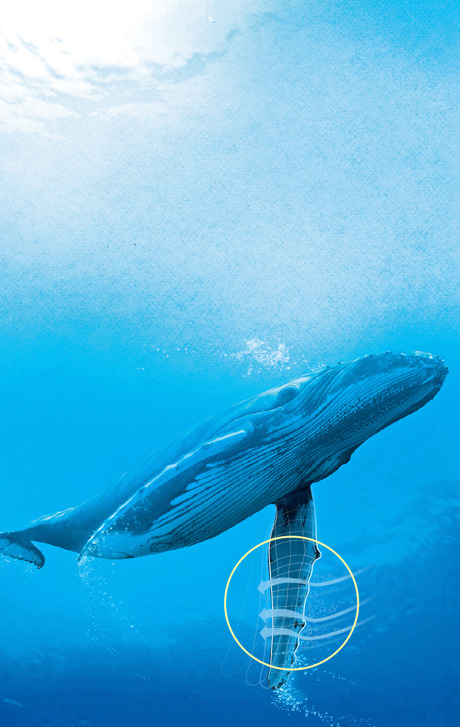
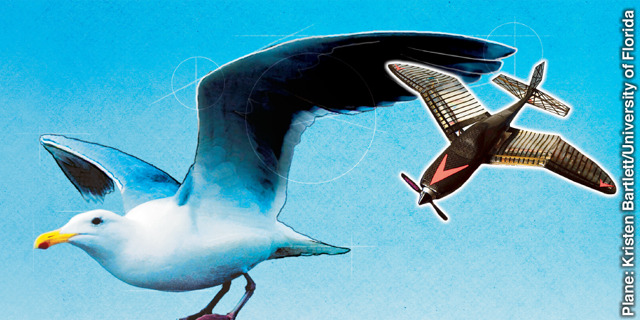
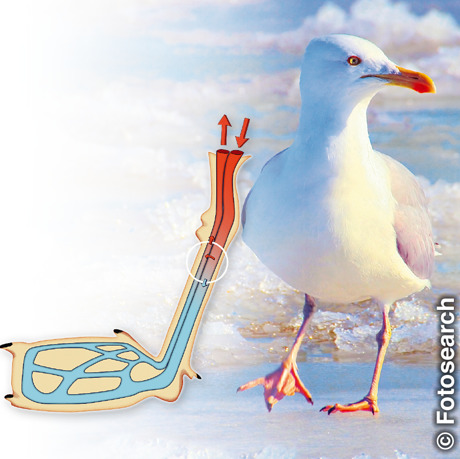
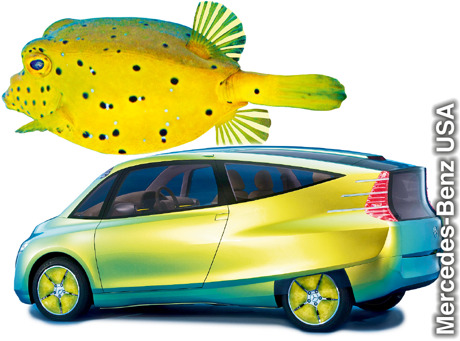
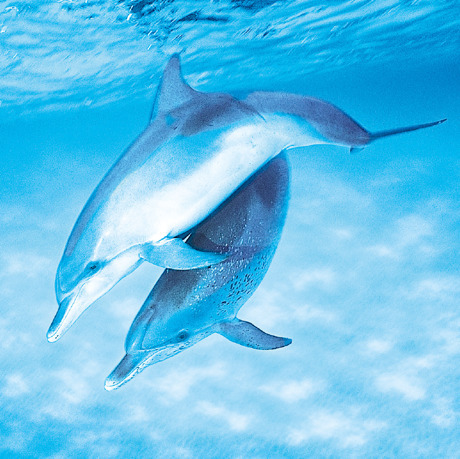
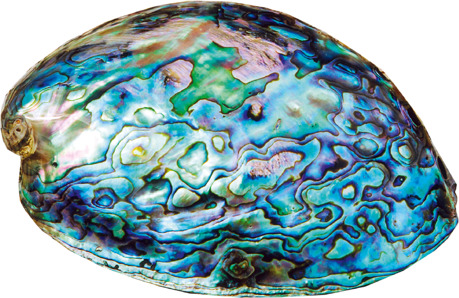
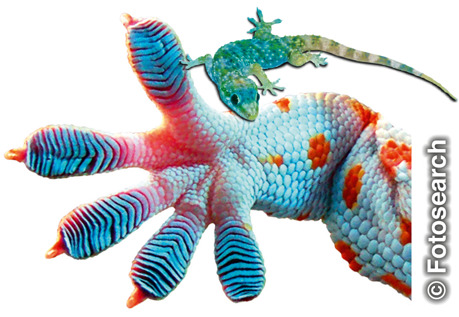
Tidak ada komentar:
Posting Komentar